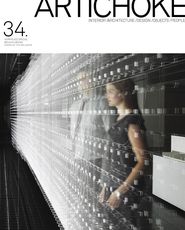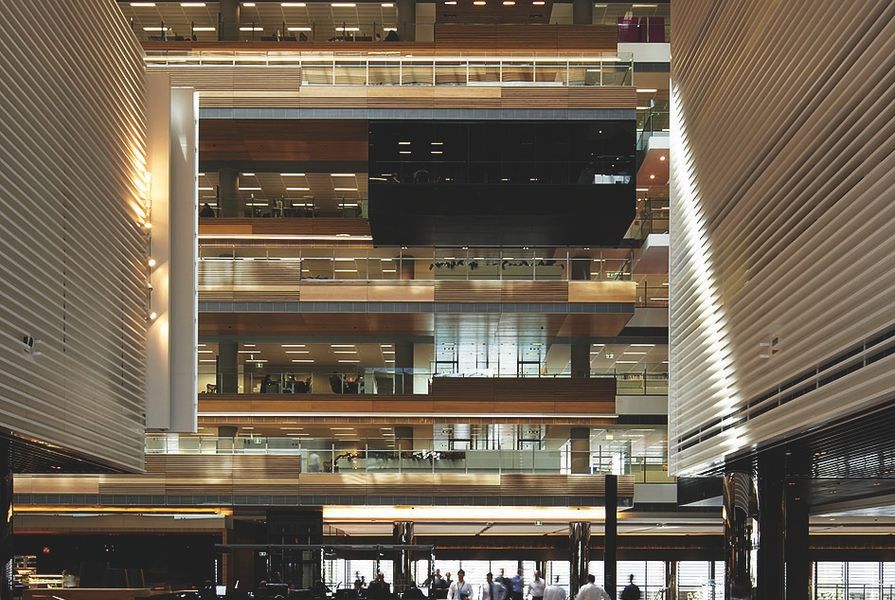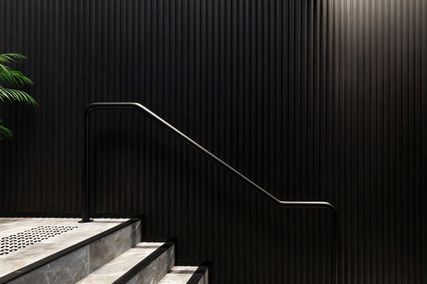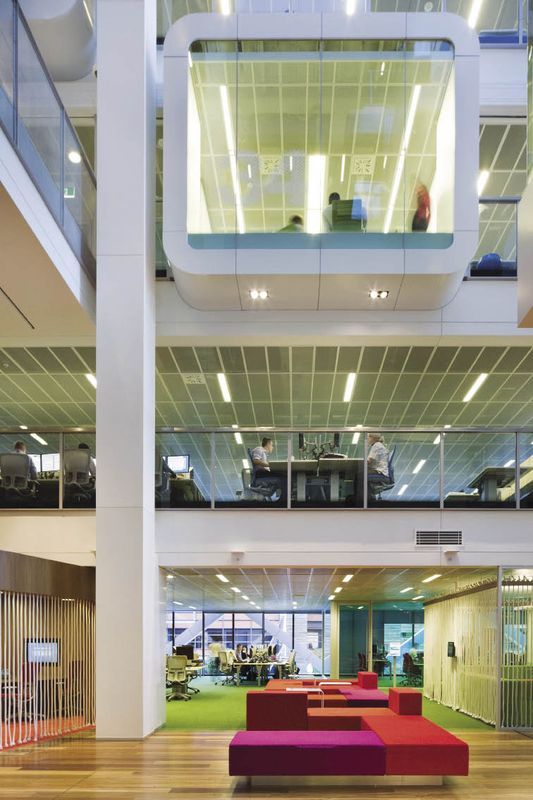The well-documented evolution of the workplace to date has been led by the changing drivers, objectives and priorities of clients. As the business environment evolves, clients pose ever-more business-oriented challenges to design teams, encouraged by exemplar projects that have responded boldly to business challenges and demonstrated the value place can add to organizations.
It is these evolving and increasingly complex client drivers that have predominantly moved the nature of workplaces, rather than break-through design innovations themselves. Now, as business drivers become even more complex, workplace solutions will be required to deal with increasingly paradoxical demands.
As described best by DEGW founder Frank Duffy,1 it was the emergence of Taylorist management (or “scientific management”) thinking early last century that led to the general (and recent) development of the office as a type of place. In North America, this contributed to the generic real estate of the high-rise tower. In northern Europe, alternative models of office emerged that supported “socially democratic” workplaces and were reflected in different building typologies. Architecture, Duffy observes, reflects society’s prevailing politics and values.
In Australia, the development of the workplace is demonstrated in a lineage of exemplar projects that have responded directly to the broader business drivers of clients and the culture of business in this country.
The fitout for Lend Lease Interiors at Australia Square (1995) provided an open-plan, egalitarian workspace to support collaborative teamwork.
ANZ Centre by Hassell, 2010.
Image: Earl Carter
Campus MLC (2002), then NAB@Docklands (2004), and later the Stockhome project for Stockland (2007) added dramatic vertical connections by stair and atrium, creating internal transparency to drive collaboration and new opportunities across traditional business unit boundaries, fostering a sense of belonging in the wider organization.
Westpac Place (2006) placed increased emphasis on organizational flexibility and capacity to adapt to change, as well as a striking internal expression of brand differentiation – “a very different bank.”
Lend Lease’s projects the Bond (2004) and the Gauge (2008), as well as Santos House (2007) and SA Water House (2009), both in Adelaide, reflected a conscious focus on supporting strong internal community and environmental sustainability.
Vodafone New Zealand’s home in Auckland (2006) and later Macquarie Group’s project in Sydney (2009) demonstrated an emerging paradigm of space allocation by team rather than by individual to support greater business agility and an emphasis on performance rather than presence.
The most recent examples of our evolving workplaces show the merging of many of these themes. The ANZ Centre in Melbourne (2010) achieves transparency and connection, flexibility to change, a reflection of local context and diversity and choice of work settings for its population, with a focus on providing spaces for new generations of workers operating with new social and technological norms. Layers of organizational and management challenges are reflected in the layered socio-architectural response.
In the future, models of workplace will further evolve in response to changing management thinking against a backdrop of interrelated technological and social change. As large, centrally controlled organizations make way for new types of faster, networked, self-organizing enterprises, workplaces will again be required to support even newer ways of working. Without the historical need for coincidence in time and place, organizations and individuals will reinvent the way we use space over time.2
In this unfolding context, the future of workplaces will continue to be pushed by client-based priorities for ever greater contribution to measurable business performance. That means workplaces must increase revenue or decrease
cost – preferably both.
Macquarie Group, 1 Shelley Street by Clive Wilkinson & Woods Bagot, 2009.
Image: Shannon McGrath
On the cost side, minimization of space (in both absolute and per-person terms), optimization of functionality (and especially multifunctional elements), removal of unnecessary or underperforming elements, and elimination of cost of physical changes over time, will all be driven to new levels of interrogation.
On the revenue side, the contribution of place to effectiveness of work processes, generation of new opportunities, improved quality of outcomes and decision making, expression of performance-enhancing culture, and attraction of the very best people will all be scrutinized and must increasingly be quantified.
These coinciding contributors to improved business performance drive a number of challenging paradoxical demands that pave the road ahead for workplace evolution. The next generation of iconic workplaces will offer:
- Improved amenity for working, but also less space per person;
- Spaces that are adaptable and supportive to individual needs, but also used only on demand;
- Independence and choice for individuals, but also cohesion and connection with colleagues and shared values;
- Value from collaboration and connection, but also from privacy and concentration;
- Speed and agility from mobileworking, but also a base for teams;
- Diverse spaces for specific activities, but also blurred and overlapping places;
- Managed and optimized real estate, but also self-organizing and free of constraints.
So the picture of the future is a challenging and finely balanced one of evocative and inspiring places for working in an energized, task-based, and highly efficient on-demand way. Places of choice and flexibility where everything one requires is available at the speed of the business, not the booking schedule. Places that both encourage individual freedom but also bring people together to harness the collective and inherently contagious nature of exuberance and optimism – the buzz of the office.
Good design creates a physical platform for businesses to thrive. More and more clients will expect this. But to do so, design must be more directly and inherently linked to the core questions of business strategy and sources of competitive advantage to ensure that platform is relevant.
In the past, this has sometimes required convincing clients of the opportunity presented by the physical workplace. Increasingly it will involve the ability of designers to keep up with clients and to adequately engage with the non-physical aspects of high-performing workplaces – not just design, but the relationship between design and more primary business challenges such as measuring performance, managing teams and adopting change.
The evolving workplace will continue to provide new opportunities to demonstrate how place can support businesses at the cutting edge. But the issues will be different from past generations, and more complex. The challenge has moved beyond the creation of places to the role of place in a more layered and complex approach to work, and how this contributes to business performance over time. Revelling in the resulting paradox will help to unlock the next generation of workplaces.
Source

Discussion
Published online: 28 Aug 2012
Words:
Steve Coster
Images:
Earl Carter,
Shannon McGrath
Issue
Artichoke, March 2011



















